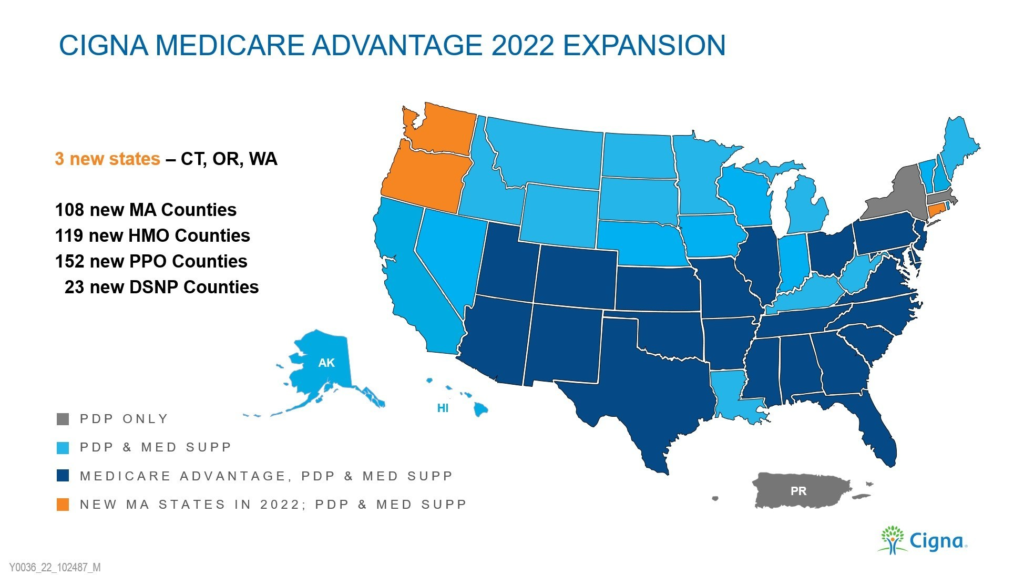
Medicare is an important part of many seniors’ retirement planning. It covers a large portion of their medical expenses, helping them stay healthy and financially secure. However, it can be confusing for those who are new to the process. This is especially true when it comes to understanding the different types of Medicare Advantage plans available. To help you make informed decisions about your healthcare coverage, here’s a comprehensive guide to understanding the different types of Medicare Advantage plans.
Medicare Part C (also known as Medicare Advantage) is an alternative way to receive your Original Medicare benefits. It is offered by private insurance companies and provides additional benefits not covered by Original Medicare, such as prescription drug coverage and vision or dental care.
There are four main types of Medicare Advantage plans: HMOs (Health Maintenance Organizations), PPOs (Preferred Provider Organizations), Private Fee-for-Service Plans, and Special Needs Plans. Each plan offers different levels of coverage and flexibility and may have additional out-of-pocket costs associated with them. Let’s take a closer look at each type of plan below:
HMOs are one of the most popular types of Medicare Advantage plans because they typically offer lower premiums compared to other plans. They require you to use specific doctors, hospitals, and other providers that are part of their network in order for services to be covered. Out-of-network care is usually not covered unless it’s for emergency or urgent care services. Additionally, you will need referrals from your primary care doctor in order to see specialists within the network for certain services like physical therapy or mental health counseling.
PPOs allow you more flexibility than HMOs but generally come with higher premiums and out-of-pocket costs than HMOs do. You can visit any provider within their network without needing a referral from your primary care doctor first; however, if you choose an out-of-network provider then you may be responsible for paying some or all costs associated with that visit depending on the plan’s rules.
Private Fee-for Service Plans are similar to PPOs but there may be some restrictions on which providers you can see within the network and how much coverage you receive for out-of-network services depending on the plan’s rules. Additionally, these plans often have higher premiums than HMO or PPO plans do so make sure that you understand what your out-of-pocket costs will be before enrolling in this type of plan.
Special Needs Plans are designed specifically for people who qualify based on certain criteria such as having chronic illnesses or needing long term care services like skilled nursing home care or home health aides regularly throughout the year. These plans typically offer more comprehensive coverage than other types of advantage plans but also come with higher premiums and out-of pocket costs so it’s important that you understand what yours will be before enrolling in one of these plans if you qualify for it .
Conclusion: Understanding the different types of Medicare Advantage plans available can help ensure that seniors get the best possible coverage for their needs while also allowing them to remain financially secure during retirement years . Before making any decisions about which type of plan would best suit them , it’s important to review each option carefully . Doing so could potentially save seniors money in both premium payments and out -of -pocket costs associated with medical expenses . By taking time now , seniors can rest assured knowing they’ve taken steps towards securing their healthcare needs later down the road .










